READY TO GET STARTED?
REQUEST A FREE ESTIMATE
Fill out the form below or call (888) 466-7849 for a free, no-obligation estimate.
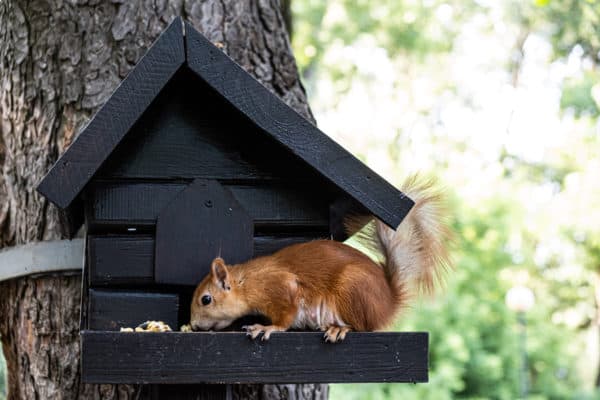
Fall is a busy time for wildlife. As the days get shorter and temperatures drop, animals begin their frantic preparations for winter. Fall is a time to stock up on food and find warm places to shelter over the cold winter months. These preparations often lead wildlife into your homes in search of food, warmth, and shelter. There are several common critters that become more active in the autumn months. Here are some of the most common along with ways to prevent them from taking up residence in your home.
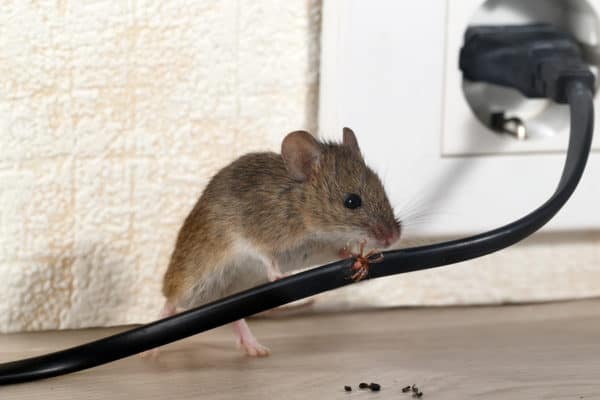
Rodents such as rats and mice will often seek shelter in your home because it provides them with a readily available food supply throughout the winter. You will begin to hear their activity in the walls and attic in the fall as they start storing food in their nests. You can prevent rodents by:

Raccoons are nocturnal creatures that hunt for food at night. They start to “fatten up” in the fall in preparation for the cold winter months with a scarce food supply. This makes them more active and more creative in their search for food – often leading them to your trash cans and home. Raccoons will often enter your home via the roof and are known to seek shelter in attics and crawlspaces. You can prevent raccoons by:
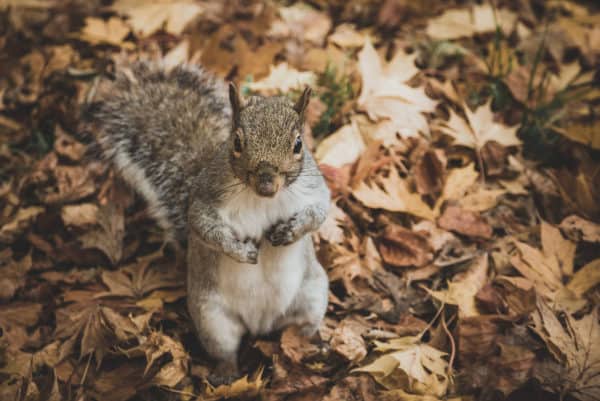
Like raccoons, squirrels also like to “fatten up” in the fall as they get ready for the cold months of winter. Squirrels will often seek shelter in attics where they will make their nests and store their food. Squirrels are especially hazardous in homes because of their tendency to chew through wood and wires, creating the potential for significant and costly damage to your house. You can prevent squirrels by:
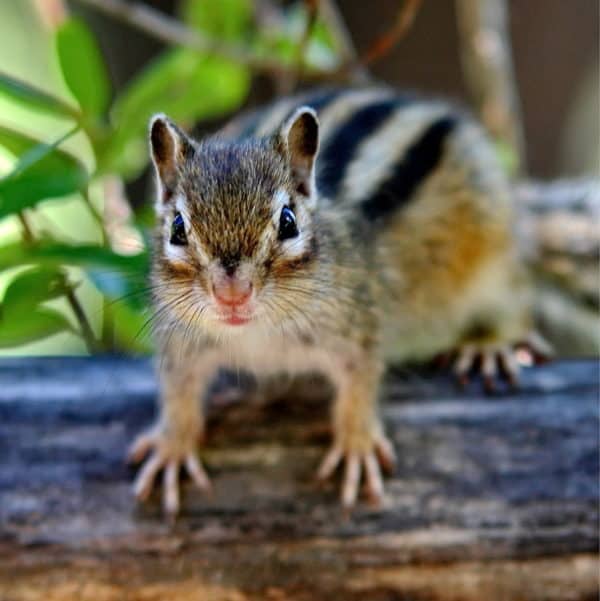
Chipmunks behave very similarly to squirrels with one exception – they will burrow in your yard instead of nesting in your home. Chipmunks build burrows in areas where they can easily access food during the winter. Chipmunks eat the same diet as squirrels including seeds, nuts, berries, grubs, and roots. Chipmunk burrows can cause serious damage to your yard. You can prevent chipmunks by:
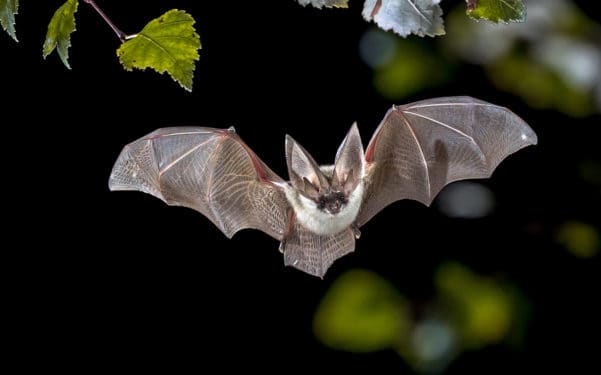
Bats will roost once temperatures dip below 45 degrees Fahrenheit. While some species will migrate south once the weather cools off, others will hibernate until spring. They will search for warm, dark spaces to roost that are hidden from predators but still easy for them to access. Unfortunately, they will often make their roosts in the attic or chimney of your home. You can prevent bats by:
Wildlife removal can be difficult and is oftentimes best left to a professional. If you suspect you have a problem with wildlife, contact a professional wildlife control company who can inspect your home to identify your animal problem, determine where they are getting in, remove them, and prevent the animals from getting into your home in the future.
What’s the Difference Between Centipedes and Millipedes?
Winter Weather Forces Rodents and Other Pests Indoors
Granddaddy Long Legs Aren’t Spiders
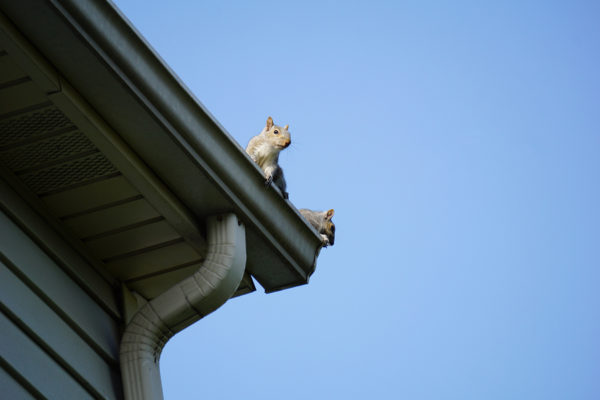
The winter months can bring wildlife indoors as they search for food and shelter from the cold weather, causing property damage by chewing through the wood, insulation, and wiring in your home, and can also carry diseases that threaten the health of you and your family. What critters should you be concerned about? Most wildlife control services include the exclusion, removal, and control of animals such as squirrels, rodents, raccoons, snakes, bees, and birds. Safe removal of the nuisance critter is always the first priority when it comes to wildlife, but what can you do to prevent these animals from getting into your home or property to begin with? Keep reading for tips on wildlife prevention and bird control.
If you suspect a wildlife problem, contact a professional wildlife control company. A wildlife removal expert will inspect your home to identify the animal nuisance, determine where they are getting in, remove them, and prevent the wildlife from getting into your home in the future. They can also inform you of any existing damage or contamination and provide you with a recommendation for repairs or clean-up.
You May Also Be Interested In:
Lawn Care: 7 Tips For A Healthy Winter Lawn
What Is Green Pest Control?
Termite Control: Do I Really Need Termite Protection?
Pest Control: Mosquitoes In The South
Exterminating Tips: Keeping Out Winter Pests
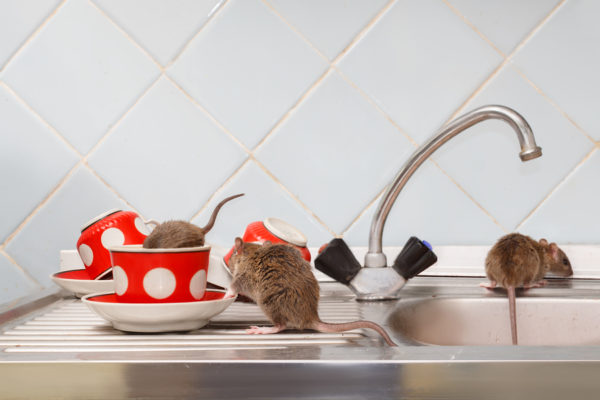
Fall approaches, and with it comes crisp air and the hint of colder weather. Our natural response to colder weather is to stay inside more for warmth and shelter. You may not be alone in finding shelter in your home. Animals, specifically rodents, such as rats, mice, squirrels, and chipmunks, among others, often find a way in your house as they come for the food and stay for the warmth.
These rodents represent a significant problem to both your property and your health. They can chew though wallboards, wood, cardboard, and electrical wiring. Chewed up electrical wires, especially, are a big problem due to the potential risk of starting fires.
The diseases rodents can carry are just as big a concern as potential property damage. Diseases ranging from hantavirus to salmonellosis to rat-bite fever can be fatal, especially for children and the elderly.
Hantavirus is transmitted to humans from exposure or inhalation of rodents’ urine or feces. Early symptoms include fatigue, fever, and muscle aches. Infection with hantavirus can lead to Hantavirus Pulmonary Syndrome (HPS), which can be fatal.
Salmonellosis is an infection cause by salmonella bacteria. It is spread through rodent feces, most commonly through the consumption of contaminated food. Most people have symptoms like diarrhea, fever, vomiting, and abdominal cramps.
Rat-bite fever is an infectious disease that is spread from bites or scratches from infected rodents, even simply handling infected rodents without a scratch could lead to the disease. Symptoms include fever, vomiting, muscle and joint pain, and rashes. If not treated, it can be a potentially fatal disease.
Sometimes rodents in your house can feel more like an annoyance or minor inconvenience, but they can pose a serious threat to you, your family, and your property. If you see any signs of rodents in your home, contact a professional pest control company to ensure they don’t multiply and do some serious damage.
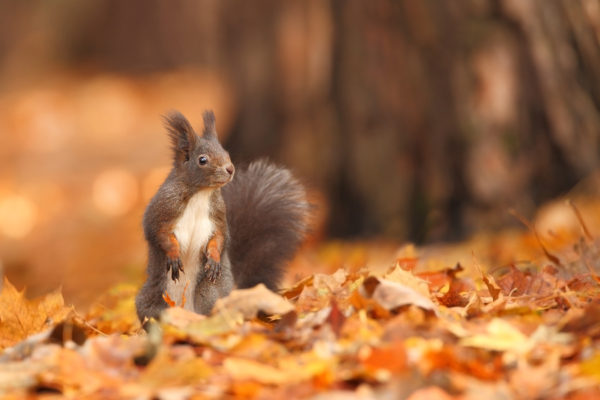
Autumn is right around the corner and it brings with it cooler weather, Halloween, football, and a plethora of new pests. As the weather gets colder, pests will seek shelter, food, and warmth in our homes. Different seasons bring different pests and this time of year is no exception. Here are 7 of the most common fall pests and ways to prevent them from invading your home.
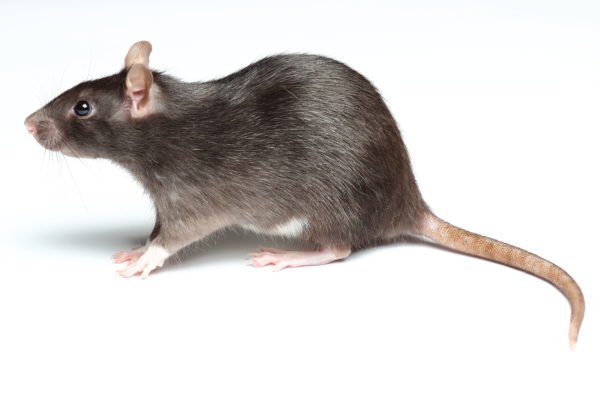
Rats, mice, and squirrels are among the most common rodents seen in the fall. They need food and warmth to survive the cold winter months. Rats are known to carry disease and can cause potential health problems for you and your family. They also get into food storage and chew through wooden supports. They build their nests in your insulation and can cause fires by chewing through electrical wires. They can fit into small gaps and holes to get into your home and bring fleas, mites, ticks, and lice with them.
Rodents can be prevented by:
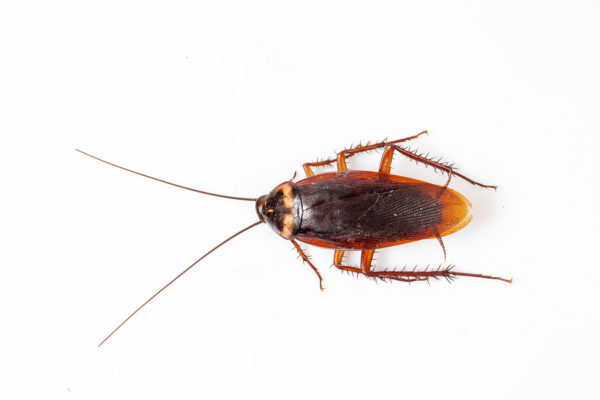
Cockroaches are the most common fall pest. Cockroaches can be dangerous to your health as they are known to carry 33 different types of bacteria and can cause asthma in children. They are large, fast, and extremely resilient. They like to hide near pipes and drains and are commonly seen in kitchens and bathrooms.
Cockroaches can be prevented by:
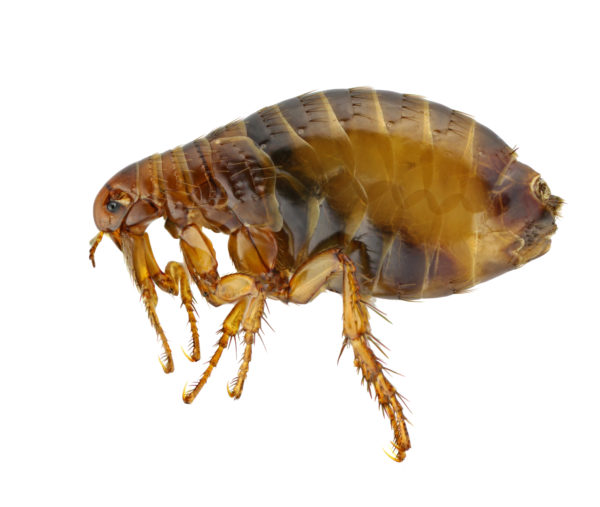
Fleas come into your home on both pets and rodents. While they don’t transmit serious diseases to humans, their bites can be painful and irritating. Fleas can spread throughout your home quickly and can be extremely difficult to get rid of.
Fleas can be prevented by:
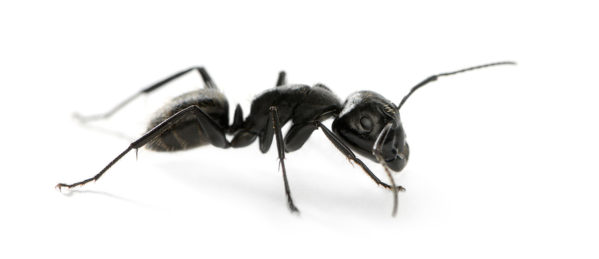
There are several species of ants that are common in the fall. Ants can move into the walls of your home or underneath your foundations and cause significant damage to your home. Carpenter ants can chew through the wood of your home and compromise its structure. Odorous house ants can get into and contaminate your food.
Ants can be prevented by:
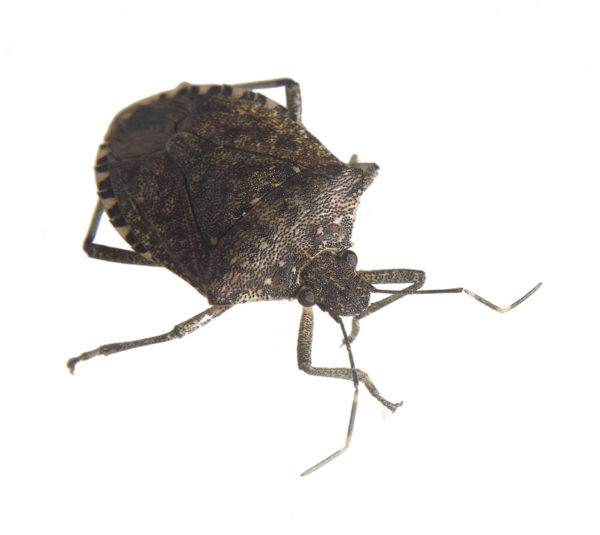
Stink bugs actively seek shelter indoors from the cooler weather of fall. Stink bugs don’t transmit diseases, nor do they bite or sting. They can, however, cause damage to clothing, furniture and other fabrics with their droppings. They emit a strong odor when they are frightened, disturbed, or squashed as a defense mechanism against predators.
Stink bugs can be prevented by:
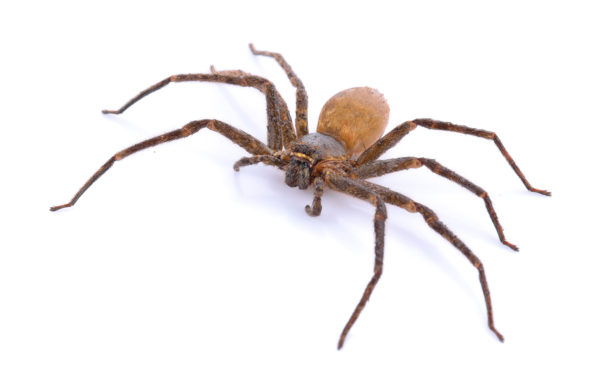
There is a significant increase in the number and variety of spiders that appear in the fall. Fall is mating season for most spiders so they are actively seeking mates before winter sets in. The most common spiders seen in the fall are house spiders, which are responsible for the cobwebs you often see in your home, wolf spiders, and hobo spiders.
Spiders can be prevented by:
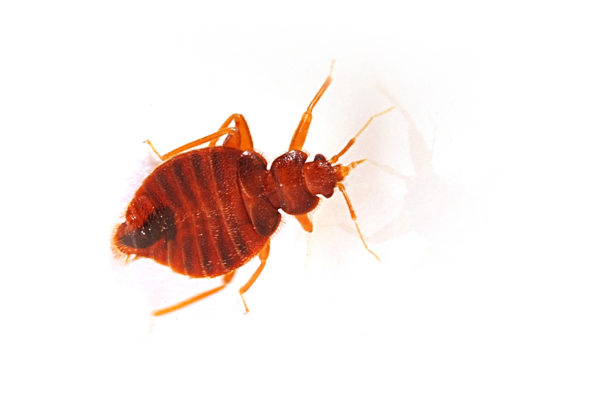
Travel in the fall increases with a large number of sporting events, family gatherings, and students heading back to school and college. Bed bugs ride on clothing, suitcases, and even school bags. While they don’t spread disease, they do leave behind itchy red welts. Bed bugs are extremely difficult to control and eliminate.
Bed bugs can be prevented by:
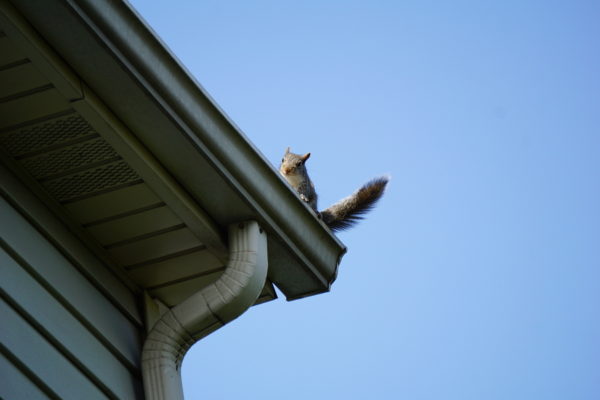
When the weather turns cold we tend to spend more time indoors enjoying the warmth from our heaters and blankets. Animals are no different! Fall and winter are the time of year when animals invade our homes in search of warmth, shelter, food and water. One of the most common pests we see in cold weather season is rodents. While rats and mice are the most common rodents we see in our area, they aren’t the only ones that can cause a problem. Chipmunks and squirrels can also cause significant damage to our homes if they get inside. Here are a few of the most common rodents in our area, as well as some tips to keep them from invading your home.
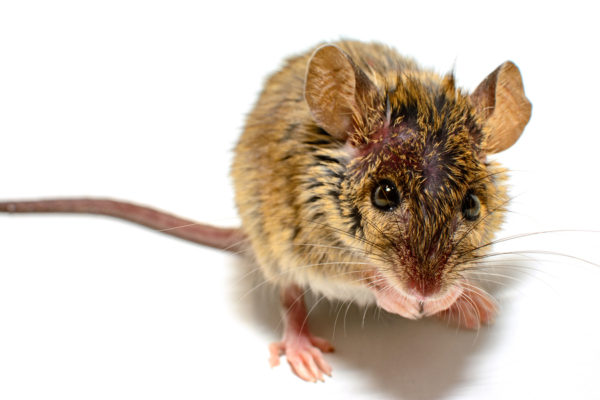
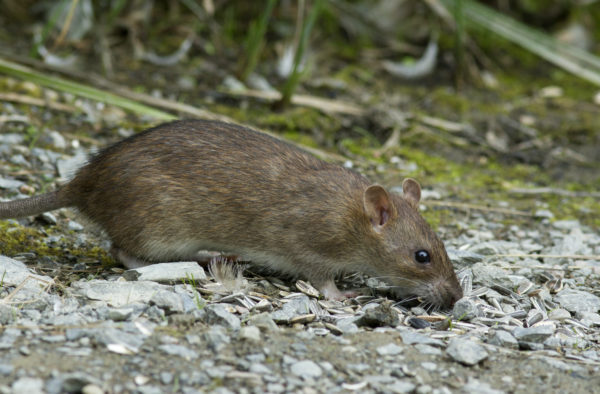
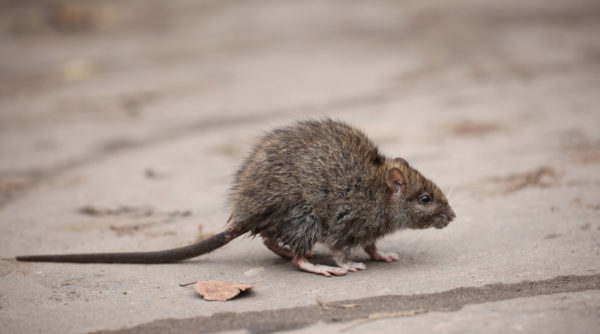
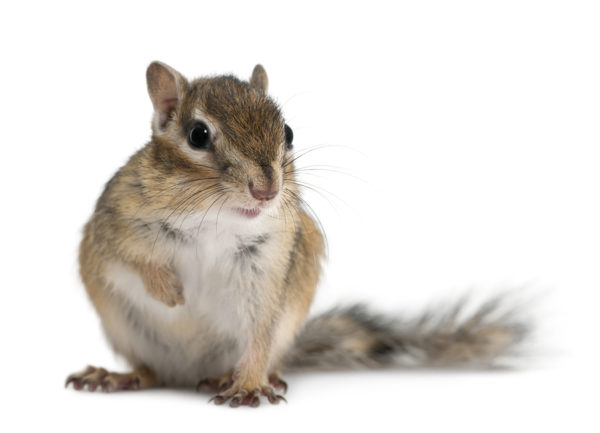
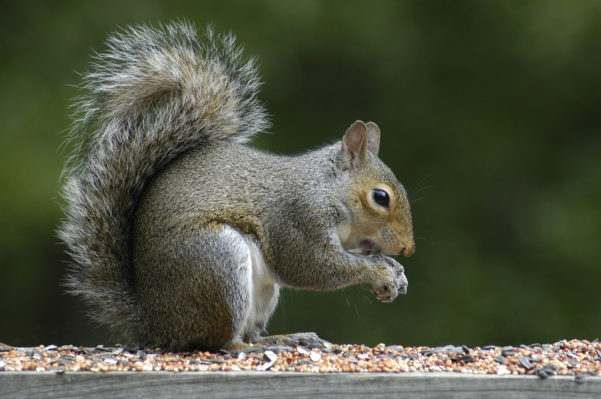
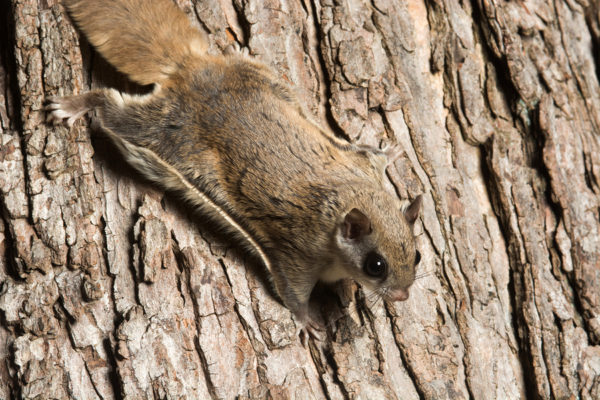
So now that you know some common rodents, what can you do to keep them from coming into your home? Check out these tips to prevent a rodent infestation.